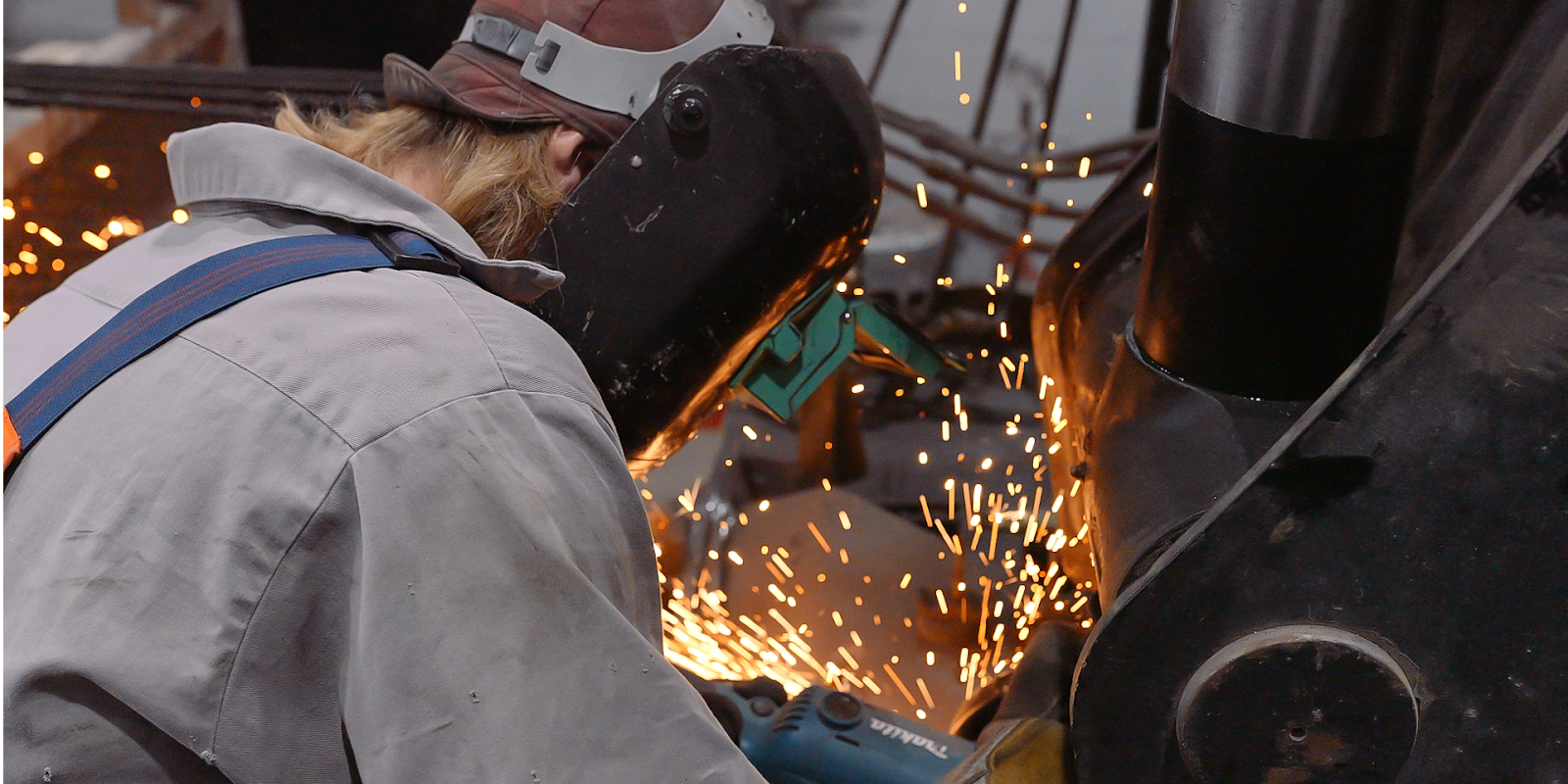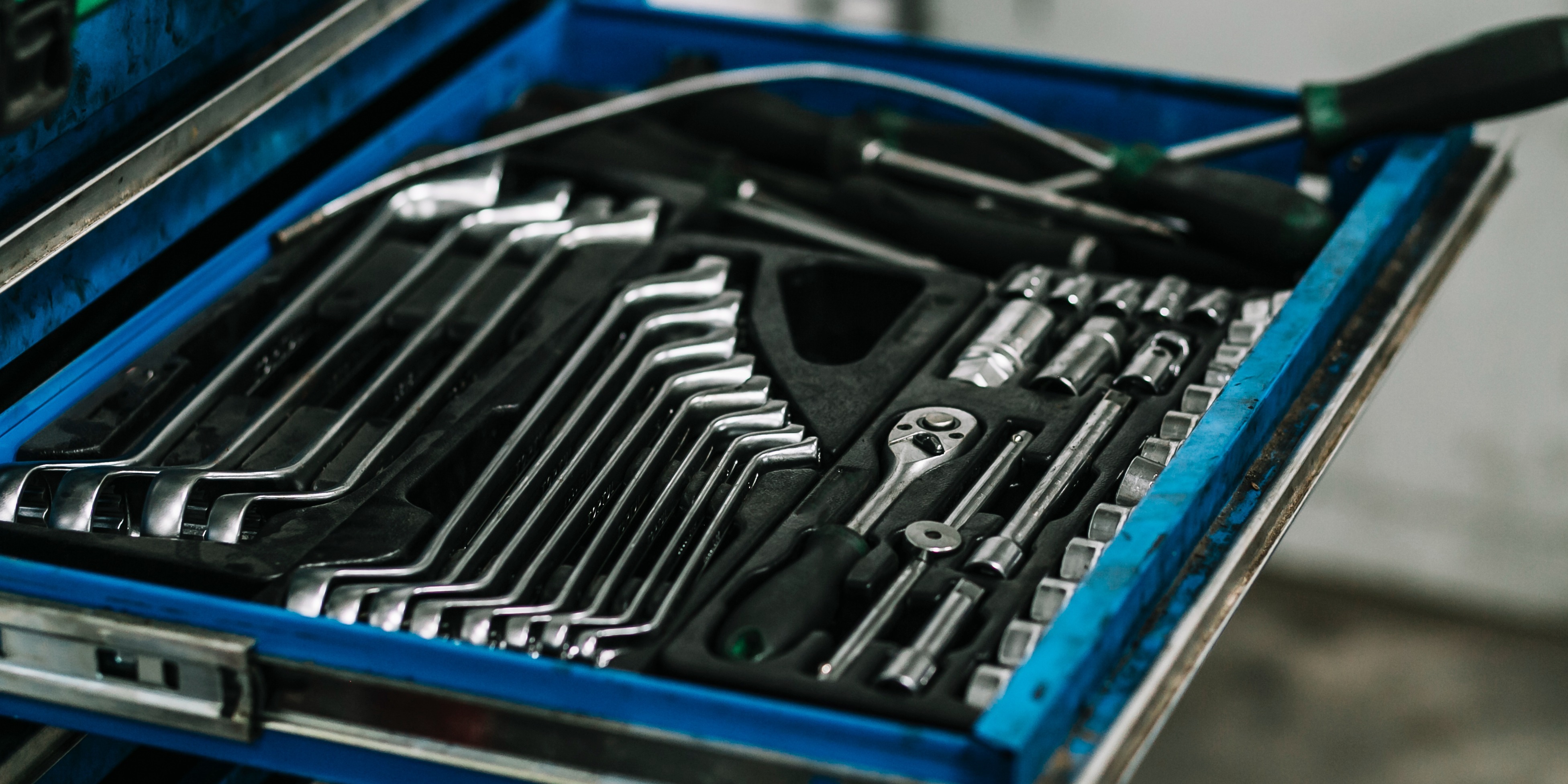
In heavy-duty repair shops, managing large repair jobs isn’t just about wrench work - it’s about trust, communication, and setting expectations. Big-ticket jobs like engine rebuilds, transmission replacements, or hydraulic overhauls can quickly go sideways without proactive customer engagement. And when a semi-truck sits idle, every lost day hurts both your customer’s revenue and your shop’s profitability. As one advisor put it bluntly, "Every day a truck sits dead in your bay is a day it’s not on the road earning for your customer, and not billing for you."
If you want your customers to return - not run - you need to own the schedule, the scope, and the communication. Let’s walk through how smart shops manage expectations on complex repairs to build trust and turn big jobs into long-term relationships.
1. Set Realistic Timelines and Budgets
Diagnose Before You Quote
Don’t guesstimate. Complete a thorough teardown and inspection before offering a quote. That means compression tests, visual checks, wear measurements - whatever gives you a full picture. This approach helps you build an accurate estimate and eliminate most avoidable surprises. If you’re quoting an engine job, but haven’t looked at the pistons or valve train, you’re setting yourself up to fail.
Stage Everything Before You Start
Don’t book the job until all critical parts are in hand. If a part is backordered or the vendor isn’t reliable, adjust the start date accordingly. Every delay after teardown leaves your bay tied up and your customer frustrated. Many top-performing shops adopt a hard rule: "If it’s not on the shelf, we don’t book the job."
Phase the Repair Like a Project
Break big jobs into phases - teardown, inspection, machining, assembly, testing - and assign timelines to each. Always build in a buffer. Customers appreciate honesty more than overconfidence. Promising Friday and delivering Monday erodes trust. Padding a day or two for hiccups prevents you from scrambling when the unexpected hits.
Quote in Detail
Itemize your estimates. Break out parts, labor, shop supplies, and any core or third-party fees. Ambiguous line items or bundled quotes often lead to disputes. Customers want to see exactly what they’re paying for - and they’re more likely to approve the job when they feel it’s transparent.
Under-Promise, Over-Deliver
If you think it’ll take 12 days, quote 14. If you expect $9,500, quote $10,000. Hitting or beating expectations builds loyalty. Constant delays or budget increases do the opposite.
2. Manage Scope Creep and Unforeseen Delays
Pause and Re-Quote When the Scope Changes
Mid-repair discoveries are common: a worn camshaft, corroded oil cooler, or cracked manifold. The worst move is to continue without customer input. Stop the job. Call the customer. Explain the issue, offer options, and get a clear green light (ideally in writing). Verbal is okay, but text or email is better.
This step shows professionalism, protects your bottom line, and avoids billing disputes later.
Get Ahead of Parts Delays
Track every ordered part and confirm ETAs before committing to timelines. If a key component is backordered, don’t stay silent - notify the customer immediately. A simple text like, "Heads up: the turbo’s backordered until next Friday. We’ll resume reassembly the following Monday" can save the relationship.
Define the Scope and Communicate Add-Ons
Be clear about what’s included. If a customer wants to add a DPF cleaning or wiring fix mid-job, explain that it will be treated as a separate task with its own cost and timeline. Without this clarity, extras eat your margin - and your techs’ time.
3. Communicate Like a Pro
Set a Communication Rhythm
Establish a schedule from the start: "We’ll call you Thursday after the inspection," or "Expect an update every Monday and Friday." Then stick to it. Even a 5-line update text reassures the customer that progress is happening.
If things slip, don’t go silent. Update them - even if it’s just to say there’s no news. Shops that update proactively avoid the dreaded "angry customer call."
Use Visuals
Photos and videos are your best friend. Snap a shot of a worn part or leaky seal. Send a short video of a tech explaining an issue. Seeing is believing - and it builds trust. A customer who sees a cracked cylinder head is far more likely to approve the replacement.
Speak Plain English
Drop the jargon. Say, “This pump is leaking because the seal failed, and we need to replace it,” not, “The hydraulic pressure is dropping due to shaft seal degradation.” Clear language removes confusion. And always invite questions.
Be First With Bad News
If there’s a delay or added cost, beat the customer to it. Don’t wait until they’re calling for an update. Even bad news is better received when delivered early and honestly.
4. Use Tools to Simplify the Process
Scheduling Software Can Help
Platforms like ShopView can automate job tracking and customer updates. They allow real-time status views, part order tracking, and alert customers when milestones (like diagnosis or reassembly) are reached. This visibility reduces stress on your team and helps keep everyone aligned.
Digital Approvals Keep You Covered
When scope changes arise, software can capture customer sign-off via text or app. No more lost sticky notes or verbal misunderstandings. You have a digital record of what was approved, when.
Photos Build Credibility
Use software that lets techs attach photos and inspection results directly to the work order. Customers can view the report on their phone and approve work faster - with confidence.
5. Real-World Examples: Communication Makes or Breaks It
Bad Example: The Vague Quote
Mark brings in a rig for repair and is told it’ll be $200–$400. He gets a bill for $390. No real breakdown, just a lump sum. He leaves feeling ripped off and never comes back.
Good Example: The Transparent Workflow
Another shop gives clear, itemized quotes. Updates the customer every few days. Sends photos of worn parts and explains each add-on. The customer approves, pays, and refers two fleet managers in the next month. That’s how good communication drives revenue.
6. Sample Communication Workflow for Big Repairs
Initial Approval:
- - Full diagnosis and teardown
- - Detailed estimate with line items
- - Discuss and confirm timeline
- - Get written approval (email/text)
Before Starting:
- - Stage all parts and tools
- - Push the start date if anything’s missing
Defined Milestones:
- - Teardown complete
- - Inspection findings
- - Parts arrival
- - Assembly start
- - Final testing
Updates:
- - Send weekly (or milestone) texts/emails
- - Include photos/videos if possible
Scope Change Protocol:
- - Call customer
- - Explain issue, cost, and timeline
- - Pause job until signed off
Job Completion:
- - Review work with customer
- - Compare final bill to estimate
- - Send digital report and photos
7. Why This Pays Off
Higher Retention
Customers who trust you will return. And according to Bain & Co., just a 5% improvement in retention can drive 25–95% higher profits.
Higher Ticket Approvals
Clear communication and photos increase customer buy-in. They understand the need and approve additional repairs more readily.
Fewer Chargebacks or Disputes
Documented quotes and digital updates reduce surprises - and the disputes that follow.
Better Cash Flow
With organized workflows and faster approvals, you finish jobs faster and bill sooner.
Final Thoughts: Manage Expectations, Maximize Loyalty
Managing big repairs isn’t just about fixing what’s broken - it’s about keeping the customer in the loop, on your side, and coming back. When you quote transparently, update proactively, and document everything, your shop earns trust. That trust leads to repeat business, referrals, and better margins.
In a market where downtime kills profitability for both you and your customers, the shop that communicates best wins. Be the shop that runs big jobs like a project - phased, tracked, and clearly communicated. You’ll see the difference in your reputation and your revenue.
.png?width=1500&height=1500&name=11%20(1).png)








.png?width=1500&height=1500&name=1%20(1).png)

%20-%20Copy.png?width=1500&height=1500&name=2%20(1)%20-%20Copy.png)

.png)

